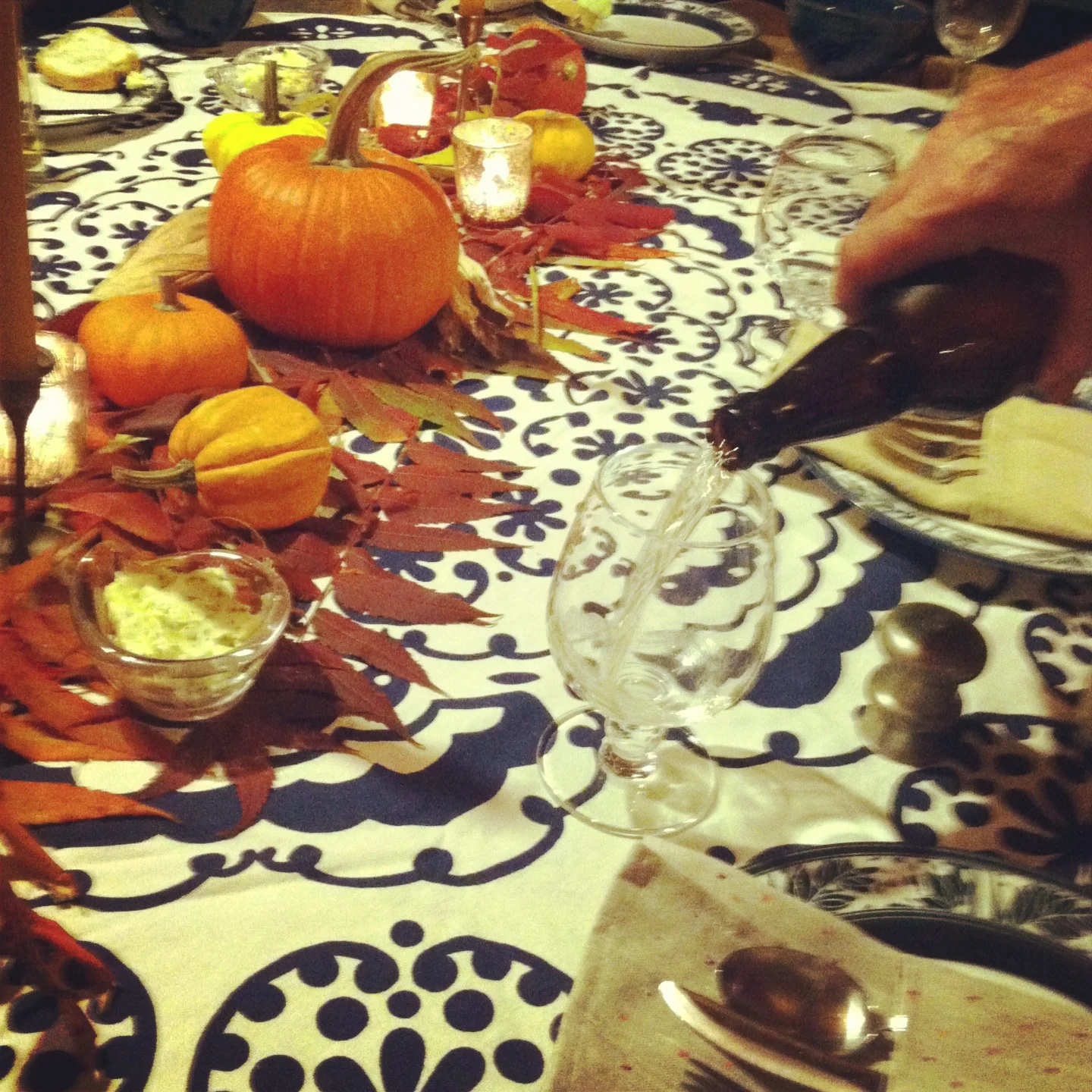
Hard Cider
This year, we decided to offer a "make your own hard cider" kit. We sell the carboy and cider while you provide the time, bottling and consumption. You may use your own cider or have us press some just for you-either way it is sure to be yummy (as long as you follow the directions posted here).
Below you will find the recipe we use as well as directions for the fermenting and bottling. Each batch has its own characteristics whether it be a darker color due to tannins, sweetness because of apple varieties used, or fizz because of sugars provided during fermentation. We love to mix and match our varieties though we have had a cider comprised solely of Northern Spy and it was pretty delicious!
Instructions for Making Your Own Hard Cider
Step 1: The carboy has been filled to leave enough headspace so that the foam that is created during fermentation does not flow out of the carboy through the airlock making a mess down the outside of the carboy and on the floor. The natural yeasts contained in the unpasteurized cider will start the fermentation in several days. During this phase of primary fermentation the CO2 bubbles rise rapidly through the cider and out through the airlock. Cool room temperatures (55-60 degrees) such as basements or spare back rooms are the best.
Step 2: After approximately one month, the secondary fermentation stage occurs. The rapid rise of bubbles has slowed and the airlock barely moves. Some suggest that as the level of the cider drops slightly due to fermentation, it is good to add a bit of cider or water so that the level of the cider is one inch below the rubber of the bung. Generally, the less air that is in contact with the cider, the better the taste will be. Regardless, it is important that the water in the airlock is maintained during the whole process.
Step 3: After four months or up to a year (depending on the level of sugars in the cider and the temperature), fermentation has essentially stopped. The haze from the cider has dissipated and the cider is translucent. While you could bottle at this point, often the clear part of the liquid is siphoned in to another carboy (this process is termed “racking off”) and fitted with an air lock for it to further settle before bottling. When you are ready for bottling, insert a plastic siphon tube (available at hardware stores) into the carboy being careful not to stir or suck up the sediment (“lees”). Taping your tube to a slender stick so that it is an inch or so from the bottom of the stick will help keep the tube off the bottom of the carboy and sucking up too muck of the lees. Prime the siphon (this can be done by sucking on the other end of the tube like a straw) and fill your bottles leaving a bit of the neck unfilled. If you want your cider “still”, it can be drunk at this point. However if you want sparkling or bubbly cider, sugar may be added to each bottle (~ 1-2 teaspoons/liter). Then wait a couple months for it to carbonate before testing the cider.
Step 4: Chill bottles before serving and enjoy!
There are many sources for further information. One good one is: The New Cider Makers Handbook by Claude Jolicoeur, 2013
